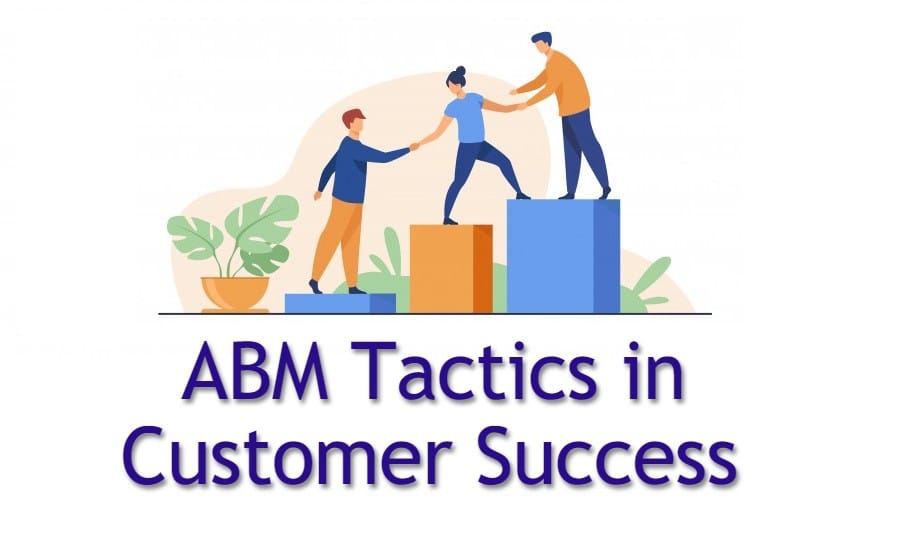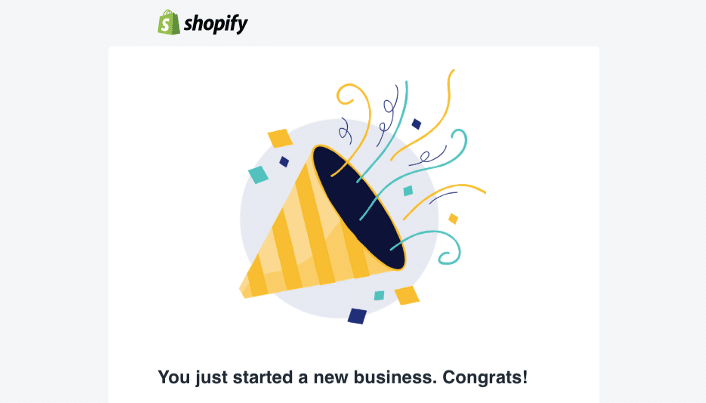B2B relationships between two large organizations can be quite intricate as they often involve multiple key stakeholders from both sides. Customer relationship mapping offers an overview of these business ties and provides great value for account management and other departments such as customer success.
Among other benefits, it can help you identify cross-sell and upsell opportunities, as well as maximize retention and find ways to nurture relationships with customers.
What Is Customer Relationship Mapping?
Relationship mapping is a visual representation of a customer’s account which includes an organizational chart of the key decision-makers on both sides and the existing relationships between them. This chart is also known as a context diagram or an interaction model and holds motivation, goals, and other insights that might be relevant for the connection between the two entities.
Key stakeholders, meaning decision-makers and influencers, are usually put into color-coded boxes, and symbols are used to indicate the type of relationships between different entities within this network. The final result should paint an accurate picture of the account and be easy to interpret.
Customer Relationship Mapping is a vital business tool for an account manager, but it can prove extremely useful for customer success managers, marketers, and customer support representatives as well. It can be used as a cornerstone for developing effective business strategies that can ultimately contribute to achieving major business objectives.
Why Is Customer Relationship Mapping Important?
- To generate more revenue from existing clients
According to recent customer retention statistics, chances of selling to existing clients are between 60% and 70%, while the probability of selling to new clients is only between 5% and 20%. Customer relationship mapping can help you identify cross-sell opportunities and increase your revenue by selling more to current customers.
We’ve found relationship mapping to be extremely helpful in driving strategic selling. Sometimes visual information is the most powerful and provides us with the clearest picture of how our stakeholders are connected to our organization.
Daivat Dholakia, VP of Operations at Essenvia

More specifically, key account managers analyze the map to identify needs within the customer’s organization. Then they reach out to important decision-makers on the client’s side to convince them their organization’s needs could be met by your complementary products or services, thus driving acquisition.
- To win new clients
You need a bulletproof sales strategy to approach a prospect. That, of course, if you want the sale to succeed. This is where customer relationship mapping comes into play.
Analyzing the visual representation of the relationship you want to build with a prospect can help you identify key decision-makers and pinpoint their needs so you can lead them down the sales funnel.
This is especially helpful when closing the deal involves multiple touchpoints with people within that organization because customer mapping will reveal the sequence you need to follow.
- To protect existing clients
Having insight into your customer relationships can help you identify pain points and take action before customers decide to give up on your product or service. Plus, relationship mapping will also help you grow close relationships with clients and even spot any competitors that might cut in.
In the bigger picture, eliminating churn risk will boost your retention rates and have a positive impact on your business profit.
As a business, we suffered from funnel loss and low customer retention rates. Turns that that our main issue lay in how we handled customers, Using customer mapping allowed us to identify the pain points, and internally correct our business process in order to improve customer experience. This has translated into a surge in sales, and a better understanding of how relationships between the brand and customers can be optimized.
Sally Stevens, co-founder at FastPeopleSearch.io

- To smoothly onboard new team members
Whether it’s because you decide to expand your key account management team or someone is leaving and you need to fill in that position, you’re going to welcome new team members from time to time.
Customer relationship maps can help newcomers visualize their role in the organizational structure and gain an in-depth understanding of their responsibilities.
How Does a Customer Relationship Map Look Like?
If you like old-school methods you can build a customer relationship map manually. Alternatively, you can pull data from software like your customer relationship management platform, customer success tool, customer support tool, from their team members directly, etc.
The latter is a simpler way and makes for more detailed and organized relationship maps.
However, you should think about which method best suits your business. For instance, if you’re a small-sized company that can’t yet afford paid tools and doesn’t get enough data to map out relationships from free tools, you can do it manually. Either way, make sure you use fresh data and make the map accessible to anyone who can use it to serve the company’s goals.
Types of Customer Relationship Maps
- Tiles View Map
This is probably the simplest way to represent your customer relationship map because it only consists of tiles representing the stakeholders, with no visual indicators of the relationships between them. However, you can use colors to indicate the strength of the relationship you have with each individual.
- Single Direction Map
Depicts either a single relationship from one direction to the other or multiple relationships in sequential order. For example, if you want to reach the decision-maker, you could first build a relationship with a user and an influencer.
Single direction maps are especially useful if you want to apply strategies like bootstrapping and pyramiding which we will discuss later.
- Multi-direction Map
Unlike the single direction map, this one paints a more accurate picture of how complex these relationships can be. It acknowledges connections go both ways, not only between the two companies—yours and the customers—but also within each one of them, as well as at a department level.
- Organizational Relationship Map
This type of diagram is based on business hierarchy and depicts the most important stakeholders, as well as their roles within the customer’s organization so you know exactly who to contact for specific matters like budget inquiries or
- Relationship Network Map
This type of diagram consists of small tiles with the minimum amount of information on each stakeholder on the customer’s side. The main focus is the depiction of all existing relationships between people on your team and these stakeholders, which is done through lines matching them with people from your company.
As the pairings can be numerous, a relationship network map can appear disorganized and it usually requires a key to read.
How to Create a Customer Relationship Map
Now that we’ve established how important it is for your company to map customer relationships, let’s get to the practical part.
Successful customer relationship mapping requires time, effort, and resources to put together. They require stakeholders from across organizations to volunteer their time to contribute.
Julian Goldie, Founder at Goldie Agency

Let’s see what are the steps you and your team should follow to create a reliable customer relationship map.
1. Make a plan
Beginnings can be difficult but you can lay the groundwork for your customer relationship map by asking questions like:
- What are your short-term and long-term account goals?
- What motivates stakeholders on the customer’s side?
- How can you achieve common success?
- How you can leverage relationships with stakeholders to achieve your goals?
- What can you do to help them achieve their goals?
- How can you grow and strengthen these relationships?
- What could hinder your efforts and how?
This way you will not only determine what you want to achieve, but you will also uncover ways to move closer to your objectives and eliminate threats.
2. Identify the stakeholders
Make a list of everyone with negotiation power within your customer’s organization. Add the most important players such as the CEO, CFO, and COO, but make sure you include any representatives that take part in the negotiation process or benefit from your product.
Be sure to differentiate between entities depending on their role. You can have one or many of the following types of stakeholders:
- Budget holders: Those who have financial power;
- Users: Those who actually use your product/service;
- Influencers: Those who can have a say in the fate of the partnership;
- Leaders: Those who can pose problems regarding the partnership;
- Decision-makers: Those who have the final say;
3. Define the relationships between stakeholders
Once you’ve got an overview of all stakeholders from both your end and the customers’, you should analyze and determine all existent relationships between entities. There are three types of relationship categories you should be familiar with:
- Deference – where one person will definitely do what another asks as a result of hierarchy, seniority, or a higher level of expertise;
- Influence – where one person is very likely to do what another asks because of various reasons including credibility and trust;
- Antagonism – where one person will not do what another asks due to conflict between the two. The first person can go as far as doing the exact opposite of what the second person demands.
This way you’ll know what relationships you can leverage to achieve your goals. Ideally, you will find common ground between your customer’s needs and your own objectives and work on ways to meet them both.
Since relationships and communication go hand in hand you should also decide how you will communicate with stakeholders and how often you will do it. Take into consideration each person’s role within the company as they will command the tone of voice and level of formality.
Lastly, use a color-coded system to depict the quality of each relationship. For example, you could use red for a weak relationship, yellow for a good relationship, and green for a strong relationship.
4. Develop a strategy to use with the map
Once the customer relationship mapping is done, it is time to choose a strategy and set a course of action. There are three well-known business strategies you could go for:
- Bootstrapping – According to this strategy, you must start small, with less important players and relationships (e.g. people that answer to you) and make your way up to relationships that are more difficult to leverage.
- Backward mapping – Start by identifying the decision-maker that could make or break the deal and then go down the chain of command until you find the most easy to influence person to start with. You want to coordinate your actions so in the end the decision-maker rules in your favor.
- Pyramiding – The exact opposite of bootstrapping, this strategy implies you should start with the most influential relationships (e.g. with decision-makers) and then take care of the ones that are easier to take advantage of.
Alternatively, you can analyze your customer relationship map and come up with your own approach.
Keeping Existing Relationships Healthy
Relationship mapping is a complex process that could be further explored, but the information in this article should help you build a map that your key account management team can use to maximize retention, generate more revenue from existing clients, and win new ones.
However, if you want to reap these benefits, you must be aware that your objectives and those of your customers are intertwined and must be equally prioritized during customer relationship mapping.




